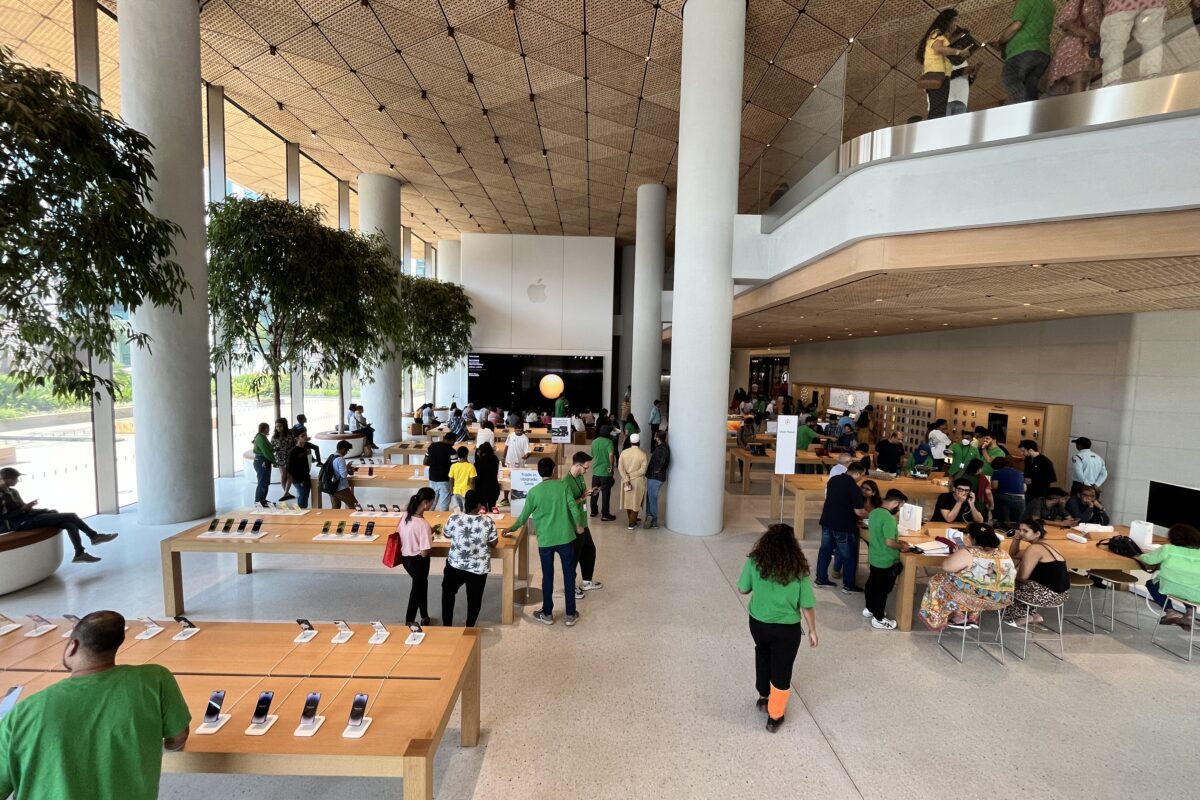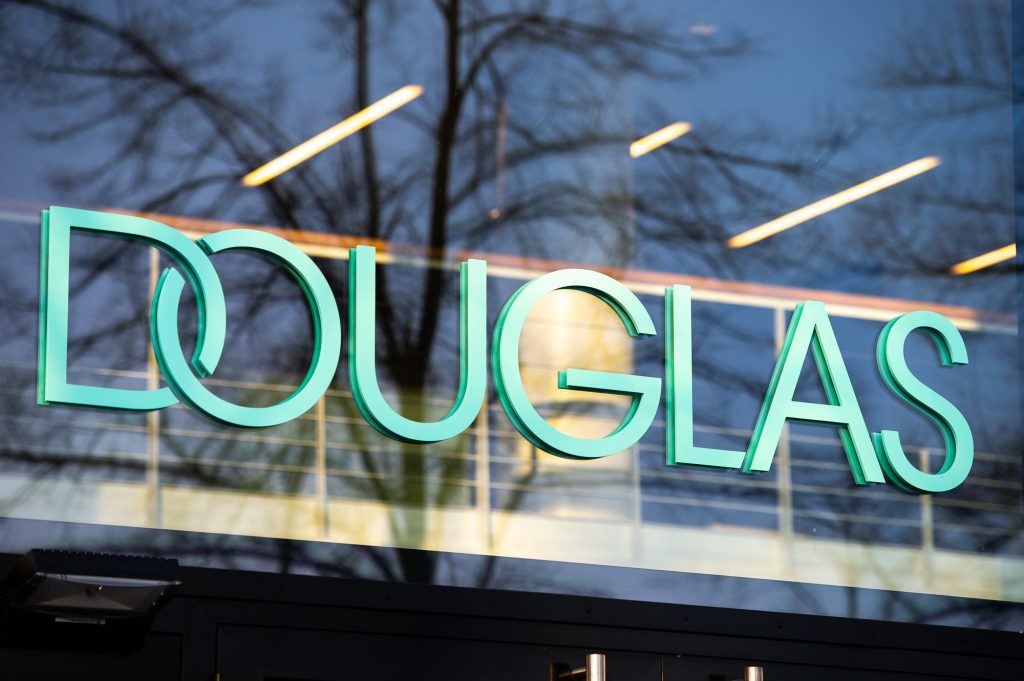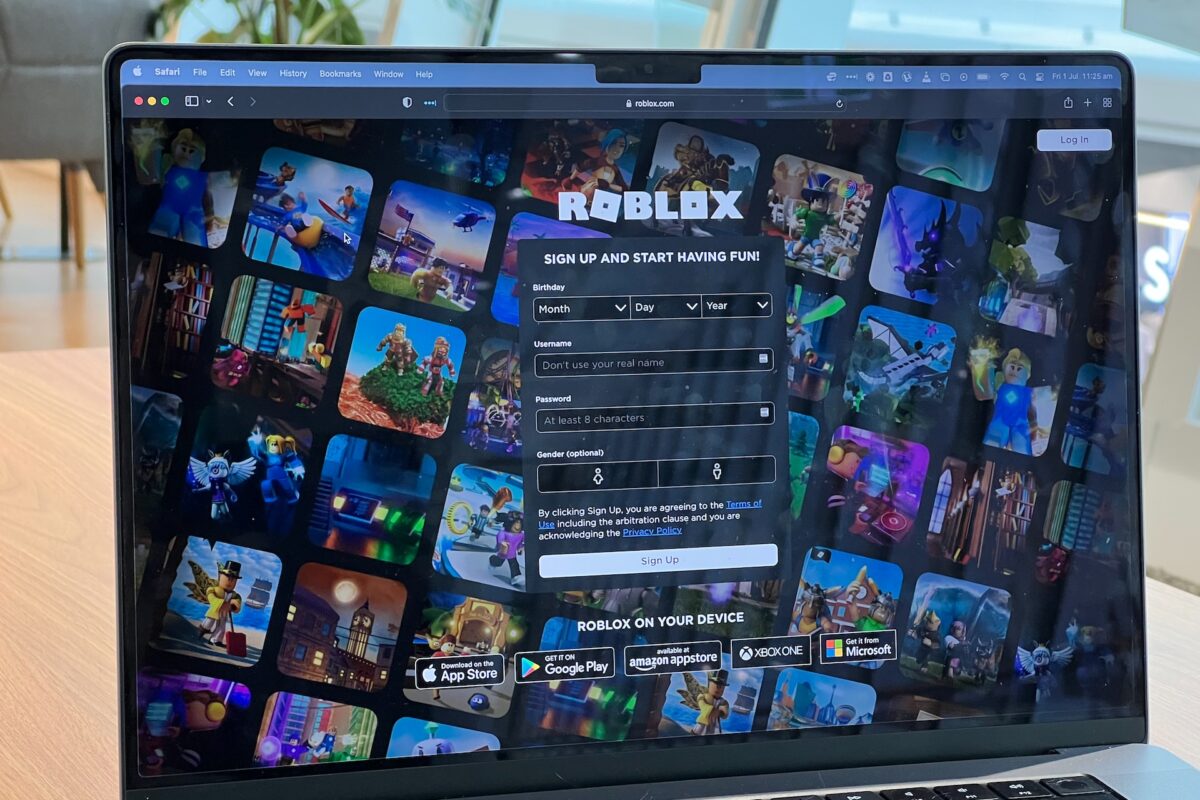How to start an e-commerce business: Why you don’t always need a big online store
Creating your own online store is still the most popular way to sell products online. To start an e-commerce business, you first need a store setup and a fulfillment service provider who handles the warehousing, packaging, and shipment of merchandise. Needless to say, the software, commissioning, order processing interfaces and other aspects cost money. Small to midsize retailers often cannot afford the services of these experts. HOWEVER: You don’t always need a big online store.
Local initiatives, online platforms, or mini online stores – local retailers and service providers have many options to promote their products to end customers online.
Here are some pointers:
- Not every solution is suited to every retailer. Depending on the industry (fashion, consumer electronics …) and target audience (local, nationwide …), retailers must review their respective options.
- Even amid the Coronavirus crisis, consumers still have the same high quality expectations and are willing to spend extra money on great ideas, services, and products. That’s why you should consider the impact a move to an e-commerce platform could have for your business model.
- Focus on one or two channels that reach your target customers. Provide interesting and value-added content to these channels to grab your customer’s attention.
Increase your online visibility
Before you start selling online, master the art of online visibility. What are your business hours? How can you be reached? Does your store offer delivery service or can consumers buy products online and then pick them up in store? Web search platforms have answers to these questions. Registering is typically free, and there is no commitment. Google My Business is a free and easy-to-use tool for businesses and organizations to manage their online presence.
There are also many urban initiatives that pursue a similar approach: they provide information about business hours, services, pickup and delivery service options and connect consumers with retailers. The benefit is that the local reach and a link to the region has already been established. These services are frequently offered by the respective town (via city management, business or urban development) or local retail initiatives.

Liebhabereien is an adult store that sells intimate lingerie and other products related to adult erotic entertainment and is located in Hannover, Germany. In the time of Coronavirus, owner Gundula Schildhauer and her team came up with special promotional campaigns via Instagram and Facebook to remain accessible online for their clientele.
© Screenshot/ Liebhabereien
How to showcase your products online
Another aspect to consider when choosing a platform is to decide how to present your products online. Creating a social media presence on Facebook or Instagram increases your online visibility and gives you the chance to showcase your products online. That’s why you must provide incentives to buy! This can be done in the form of live fashion shows, book recommendations, or DIY instructions. Provide consultations using tools such as WhatsApp or Facetime. Encourage your followers to buy more by providing regular updates and relevant content that complements the product presentation. Just be creative! It’s the only way to encourage brand loyalty with followers.

Customers continue to enjoy personal advice about products: Upon request, the store compiles a unique selection of products for customers based on their interests and requests, complete with photographs, ready to be showcased. Curated shopping at its best!
© Screenshot/ Liebhabereien
Legal protection in Germany
There are several legal components you should know and review before selling online to your customers:
Step 1: Does your online store have an imprint (called “Impressum”). Every German organization offering its services online must display an imprint on their website. If you already have one, check whether adjustments and modifications are necessary. Germany’s Impressum requires a legally mandated statement of ownership and authorship and also applies to Instagram, for example. That’s why you need to have the correct and proper information.
Step 2: Create terms and conditions (German: AGB) to protect your business!
General terms and conditions (AGB, Allgemeine Geschäftsbedingungen) are common in German business practice and outline a business’s general terms of contract. Though not actually a legal requirement, they are indirectly implied if you embark in a business-to-consumer (B2C) sales model. There are numerous statutory obligations to notify and inform in a timely manner. This should be implemented in the terms and conditions.
Some of these legally required terms include:
- Informing consumers of the Right of Withdrawal (make sure that consumers are informed about their right to dissolve a contract pursuant to the applicable general terms and condition clauses!)
- Return and refund terms and charges
- Description of the legal relationship between the parties entering the legally binding agreement
- What is your ex gratia and return policy?
- What are your payment terms and conditions?
- What are your terms and conditions of delivery?
Make sure the general terms and conditions are clearly specified and use legible type and font size!
Step 3: Inform your customers about your compliance with the General Data Protection Regulation (GDPR), demonstrating that you protect their personal data and privacy.
You should include the following information in this section:
- Specifying the purpose and legal framework in relation to personal data processing and handling of log files and user profiles during website visits.
- Access to information. Right for individuals to have data corrected and erased.
- Contact details of the data protection officer
- Specifying the data collected for the purpose of order fulfillment
- Referencing storage limitation of personal data

The store also uses live stream as a marketing tool to virtually engage and sell products to men and women. The product list including prices are summarized in a post the next day. Orders can be placed via direct message, email or phone.
© Screenshot/ Liebhabereien
Order management
Now you are ready to go: Simple online communication tools that most customers already have access to facilitate order processing. Whether you pick email, social media, messenger apps such as WhatsApp or the phone – it is key that you focus on one or two channels so you can keep track of your workflow.
You should track and record orders, unless this is done by an ERP system. This ensures order management and enables you to reorder items at the right time.

Customers can order by using direct message, via phone or email. The store continues to deliver personal consultations by phone – during the temporary store shutdown and also now.
© Screenshot/ Liebhabereien
Payment processing
Obviously, you should make sure that you receive payment for your merchandise. PayPal is a great yet simple tool for this. Once you receive an order, you can send your customer a PayPal link or create and send an invoice using the buyer’s preferred communication channel. The delivery process starts immediately after payment receipt.

Liebhabereien also creates real customer loyalty with its own podcast. Topics include the perfect fit and address social issues such as sexuality, feminism, and diversity.
© Screenshot/ Liebhabereien
Providing shipping, delivery service or Click & Collect
Do you work with a parcel service? Or maybe you have your own delivery service with a pre-arranged delivery location (think “contactless delivery”)? Or your customers order online and pick up the items in your store? How you get the merchandise to your customers is up to you. “Capabilities” are evidently a key issue in this context. Maybe consider surprising your customers with beautiful packaging or inexpensive giveaways to increase customer loyalty.
Author: Melanie Günther
First published at iXtenso – Magazine for Retailers




















